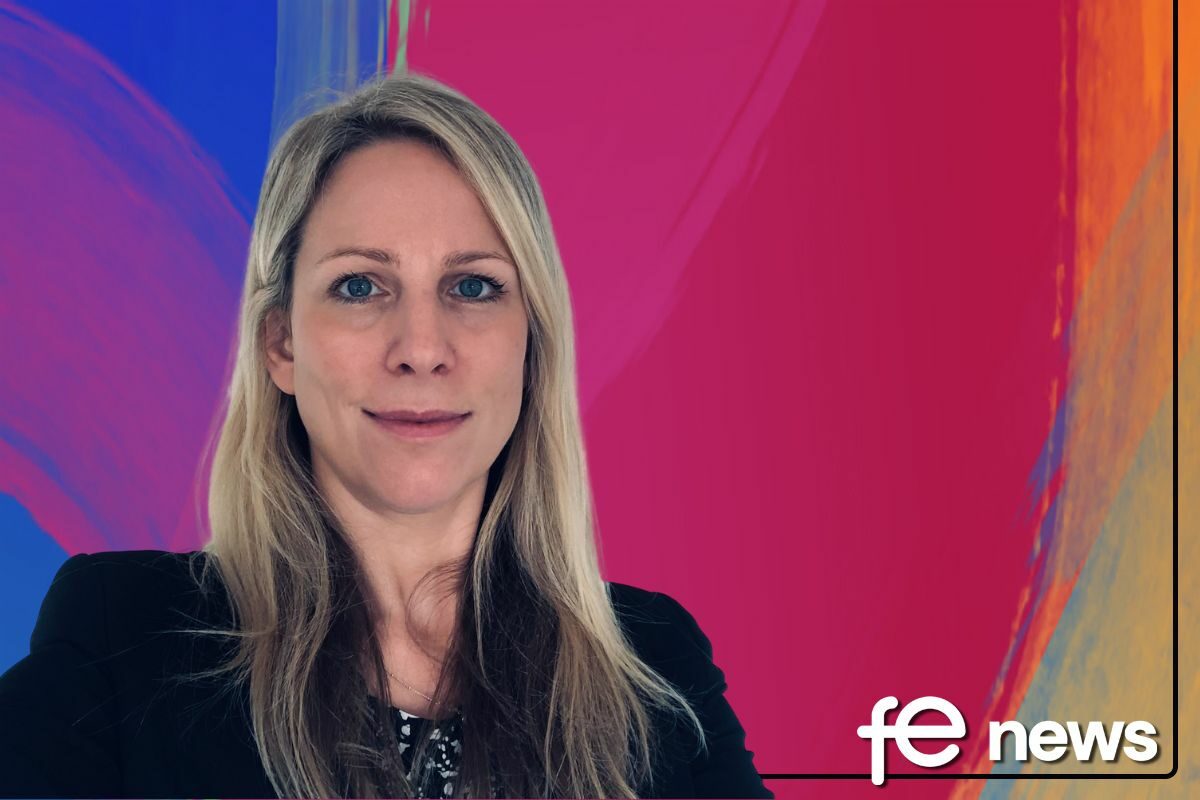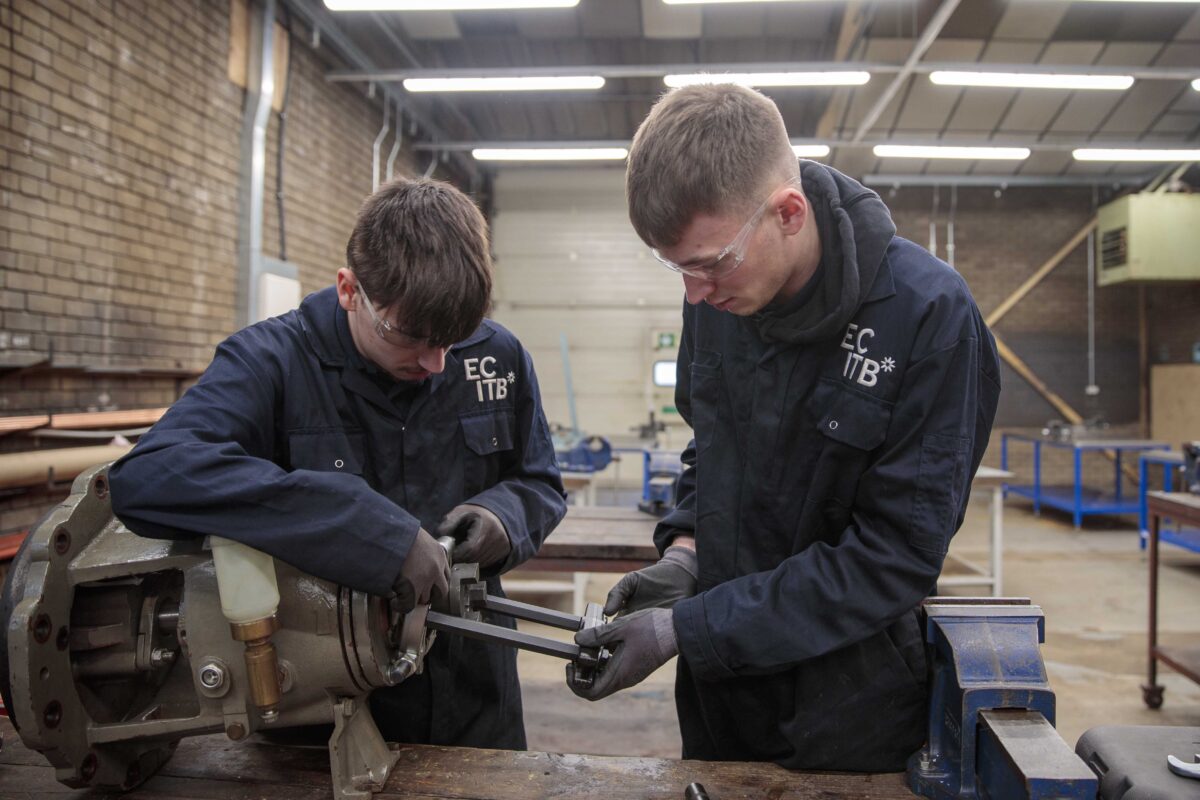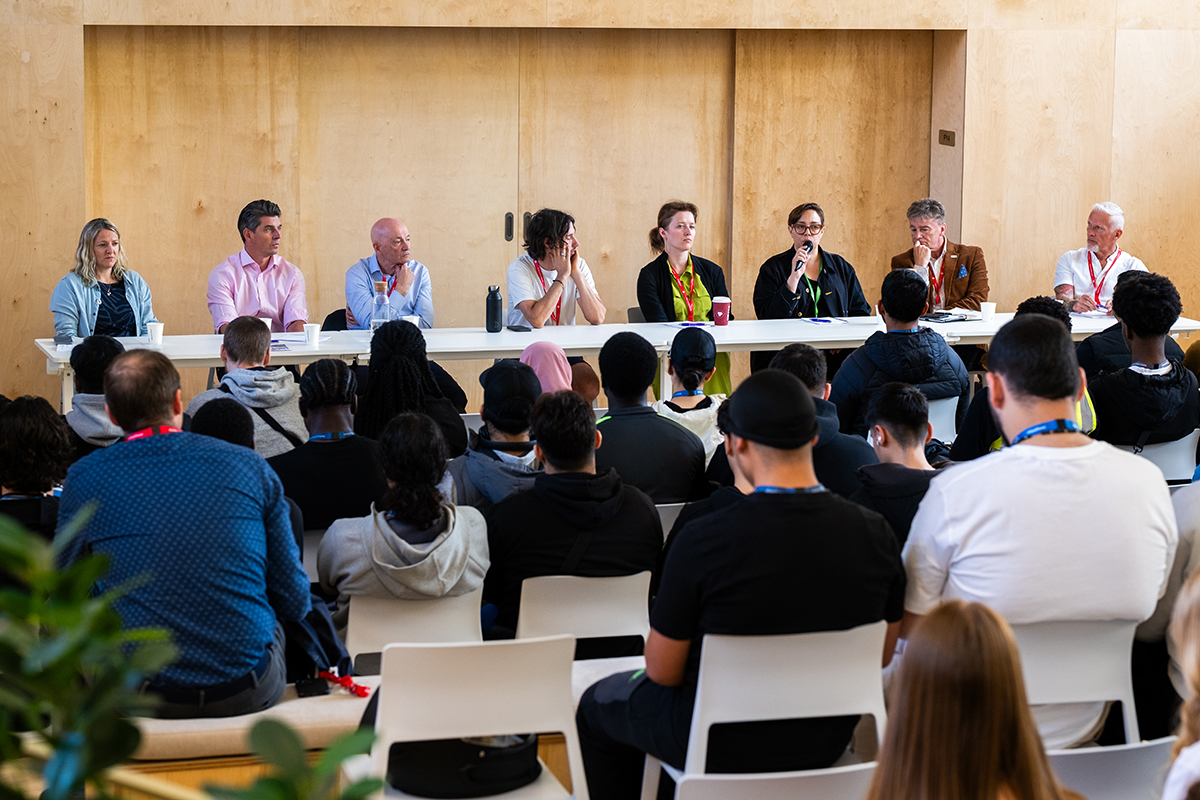My experience teaching the first ever cohort of T Level students

Katy Walsh is an IT and Computer Sciences teacher at La Retraite School in Clapham, London. In September 2020, Katy became one of the first teachers to deliver the brand new T Level qualification in Digital Production, Design and Development. This summer her initial cohort of students finished their courses. Here Katy discusses what it was like to deliver this brand new qualification and why mixing classroom learning with on-the-job training is so valuable to students.
For the past 18 years of my teaching career, I have taught a wide variety of digital courses to young people so when the new digital T Level was introduced in September 2020 I was excited to see what this new course would offer students interested in tech, digital and IT.
T levels
T Levels were designed in collaboration with employers to meet the needs of industry and they help prepare students to fill the current skills gap in the digital sector. This is a serious issue facing digital and tech employers, with the Chartered Institute for IT suggesting that there were more than 64,000 vacancies for UK tech jobs in the third quarter of 2021, up 191% since 2020 – a trend that’s set to continue as the UK tech sector continues to thrive.
From first-hand experience teaching this new qualification, I can see how the combination of classroom learning with on-the-job training has been relished by my students and they value the fact that it prepares them for the world of work.
T Levels are qualifications for 16 to 19 year olds that focus on technical skills – they are broadly equivalent in size to 3 A levels. All T levels combine classroom learning with on-the job training. The Production, Design and Development T Level covers a wide range of subjects including web development, software development and user experience design and prepares students to enter the industry in a range of roles.
Teaching T Levels
Being one of the first teachers in the country to deliver a T Level has been a thrilling experience and a steep learning curve. Back in 2020 it was an exciting time to prepare for the delivery of this new course and I distinctly remember seeing the specialist classrooms for the digital students being built at our school – including up-to-date tech and software for the course. As 80% of the course is taught in the classroom, the digital T Levels delivery team at the school designed the new digital learning space based on our own experience of the industry. The facility includes a digital suite with large screens for all students to use including two big screens per student which matches the industry standard. This sets the scene for the students to learn, allowing them to visually realise their dream of working in the sector, as well as providing them with all the tools needed to be successful.
The course content includes practical and theoretical work to prepare students to enter the industry. Every student learns how to programme with Python and with full stack web-development, which involves designing the front and back end of a website that users can see as well as the code behind it. Students must also master HTML, CSS, JavaScript, SQL and PHP, which are industry standard packages that stand them in good stead for a digital job, or further study, in the future. Alongside this, students learn about project management using the industry standard methods such as SCRUM, which will equip them to be potential future digital leaders in their chosen field.
As part of the T Level, 20% of the course is based around industry placements that last at least 45 days. Our students completed placements in Government departments such as the Department for Transport and Department for International Trade. We also had two students completing their placement with Lloyds Banking Group which sounded so amazing that I asked if the rest of my class could observe for a class activity. We had such a brilliant day and the students were able to see how all the content they had learned in the classroom is directly related to the real work environment. The students also undertake extra-curricular learning following their placements so that they are prepared to enter the digital sector, such as using google analytics and how to program chat bots.
There have been so many highlights for me through the last two years, from teaching the new course content to joining the Business Council at 10 Downing Street to present my experience of implementing T Levels. Nothing beats watching your students grow from beginners to employable young people. The icing on the cake has been seeing all my students who applied for university receiving an offer, and I am excited to see them succeed in the next steps of their digital career.
If you are interested to learn more about T Levels visit the Get the Jump content hub on the National Careers Service website which brings together, in one place, all the education and training choices available to young people (including more information on T Levels). Search Get the Jump to find out more.
By Katy Walsh is an IT and Computer Sciences teacher at La Retraite School











Responses